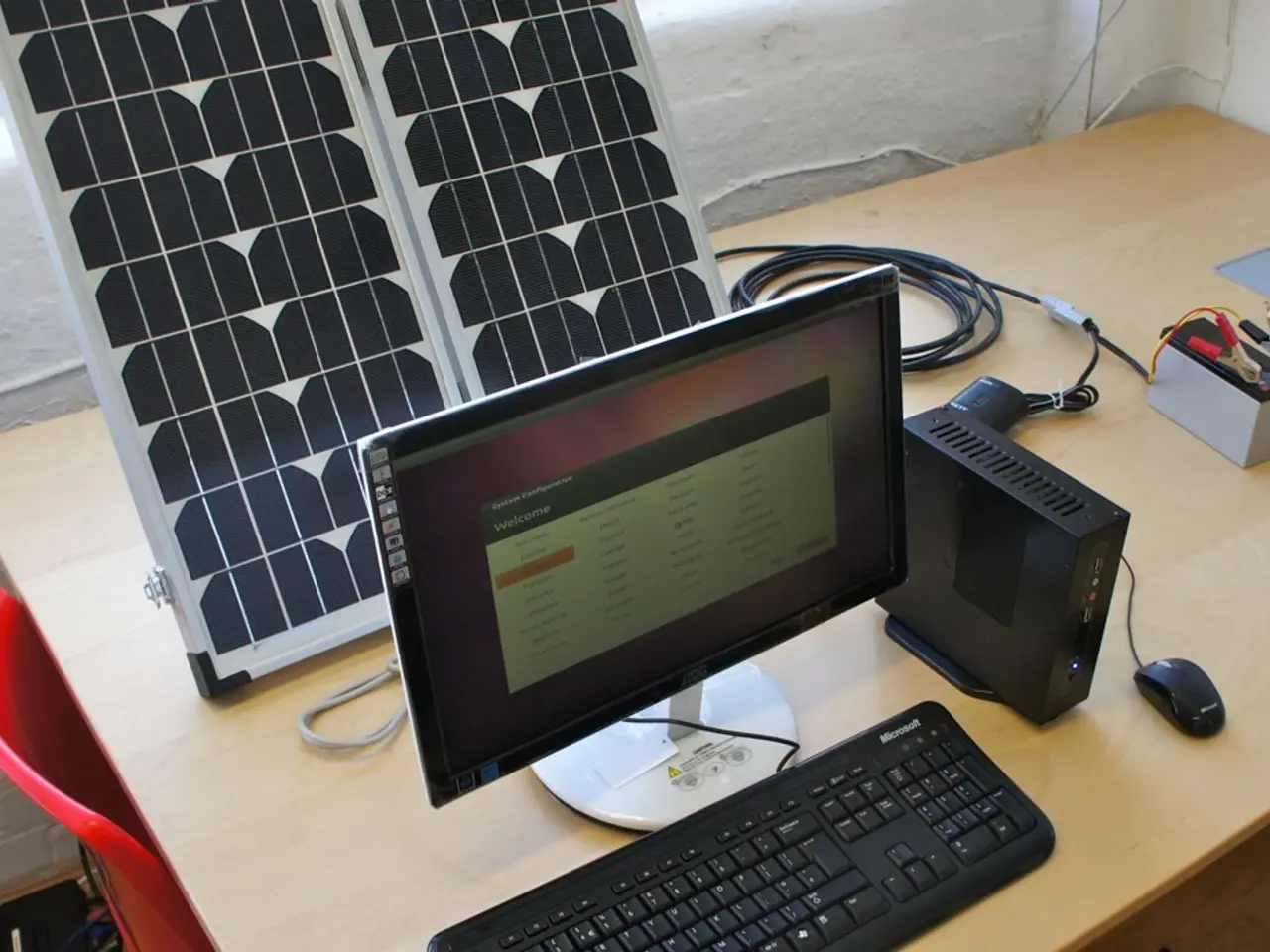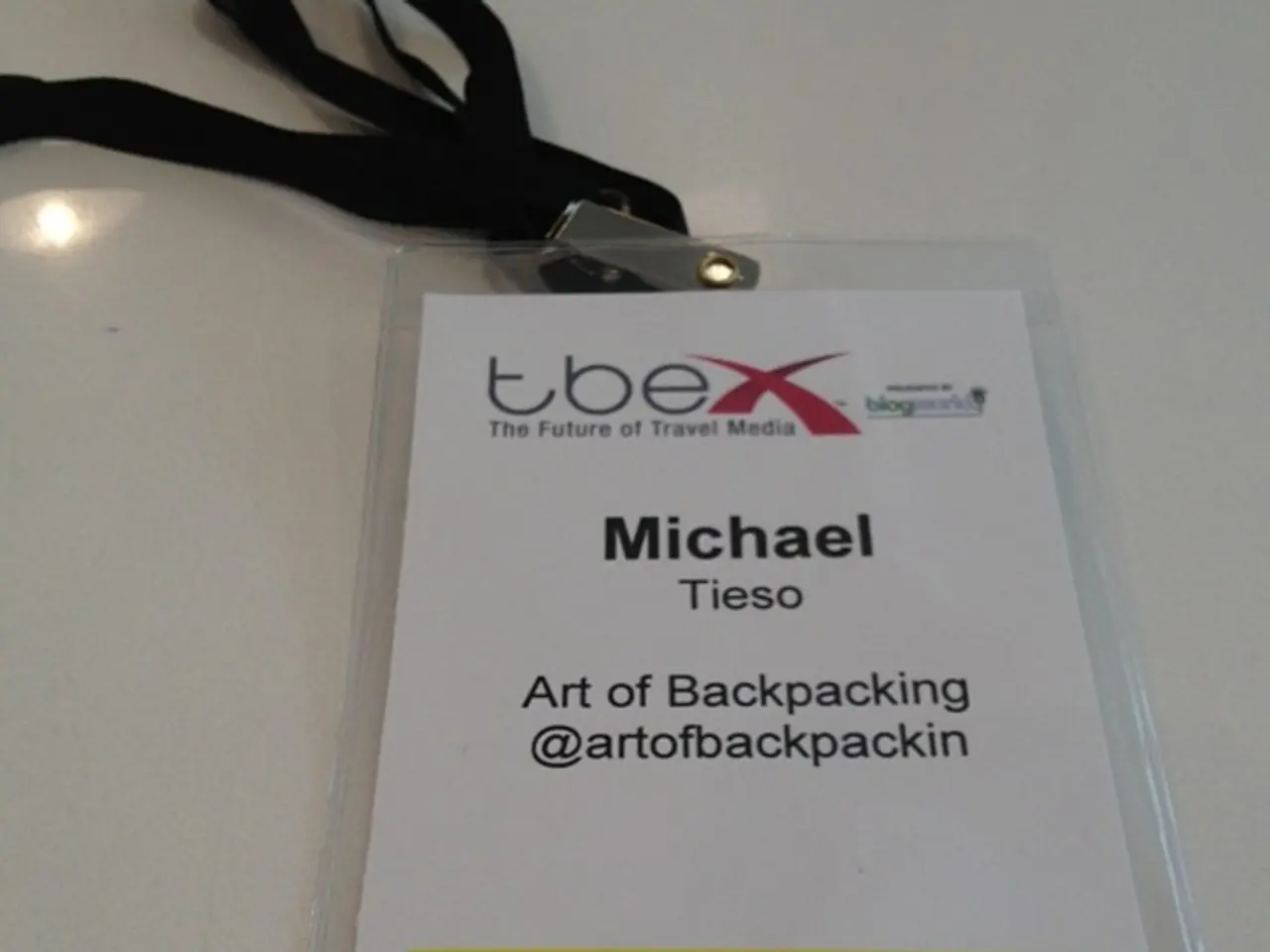Alternative Energy Solution: Harnessing Solar Power Equals Electrical Grid Equilibrium
Building a Solar-Mains Hybrid Lamp that can efficiently save and reuse solar energy and last up to 15 years with minimal maintenance is achievable with a system that combines solar panels, a battery bank, and an intelligent supply-switching circuit.
Key components and design principles include:
- Solar Panel and Battery Bank: Utilise solar PV panels, such as 30 Watt peak (Wp) panels, and a compatible lead-acid battery bank, like three 6 Volt (V) 5 Ampere-hour (Ah) batteries in series to store solar energy for night or low sunlight operation.
- Charge Controller and Switching Circuit: Incorporate a charge controller circuit to safely charge the battery from the solar panel and prevent backflow discharge through the use of a P-channel Metal-Oxide-Semiconductor Field-Effect Transistor (MOSFET) and Schottky diode.
- Comparator-Based Under-Voltage and Over-Voltage Detection: Employ voltage comparators, such as the LM393, to monitor battery voltage and intelligently switch between solar/battery and mains supply. This ensures the lamp operates off solar/battery power when available, only drawing from mains when battery voltage falls below a threshold.
- Power-Efficient DC Operation: Design the lamp and switching circuitry for Direct Current (DC) operation, avoiding feeding power back into the grid and reducing complexity.
- Robust Power Supply Management: Use MOSFETs to handle load switching smoothly and fuse the input line to prevent overcurrent.
- Long Lifetime and Low Maintenance: Select durable components, such as lead-acid batteries with proper maintenance, efficient MOSFETs, and quality solar panels, and enclose the circuitry in a ventilated housing to prevent overheating and extend system life up to 15 years with minimal maintenance.
Additional assembly tips include mounting the circuitry on a Printed Circuit Board (PCB) or perfboard with proper heat dissipation, and using thick wires for battery and adapter connections.
In summary, constructing such a lamp requires:
- A solar panel and battery storage tailored to your lighting needs.
- A hybrid power management circuit that monitors battery status via comparators and switches power sources accordingly using MOSFETs.
- Ensuring safe, efficient charging and discharging with diodes and fuses.
- Operating the lamp in DC mode so it only consumes mains power when solar/battery cannot meet demand.
- Using quality components and thermal management to ensure long lifespan and reliability with low maintenance.
This design was demonstrated by DIYers and engineers, notably Vijay Deshpande in his Hackaday project (2025), showcasing how the lamp intelligently balances solar, battery, and mains input to draw minimal mains power only when necessary and achieve a lifespan of up to 15 years. The circuit, according to Vijay Deshpande, is designed to last up to 15 years with little maintenance. The circuit was developed as a response to an earlier project that utilized solar power to directly drive the light, addressing the issues of wasted solar power and lack of light during mains outages in the earlier project. If the light was off, solar power went to waste in the earlier project.
In the DIY project demonstrated by Vijoy Deshpande in 2025, the hybrid solar-mains lamp design incorporated elements of both environmental-science, as it aimed to save and reuse solar energy, and technology, with the integration of solar panels, a battery bank, a charge controller, voltage comparators, MOSFETs, and other components. This design, by efficiently managing power sources and featuring long-lasting components, is expected to last up to 15 years with minimal maintenance. Furthermore, the use of a hybrid power management circuit, which intelligently manages power sources and ensures safe, efficient charging and discharging, exemplifies the intersection of DIY and advanced scientific technology.


![2025 VTOL Drones Explored in Detail: A Comprehensive Overview [New Release]](/en/content/images/size/w1280/format/webp/20250802021031_vtol-drones-uavs.jpeg)

